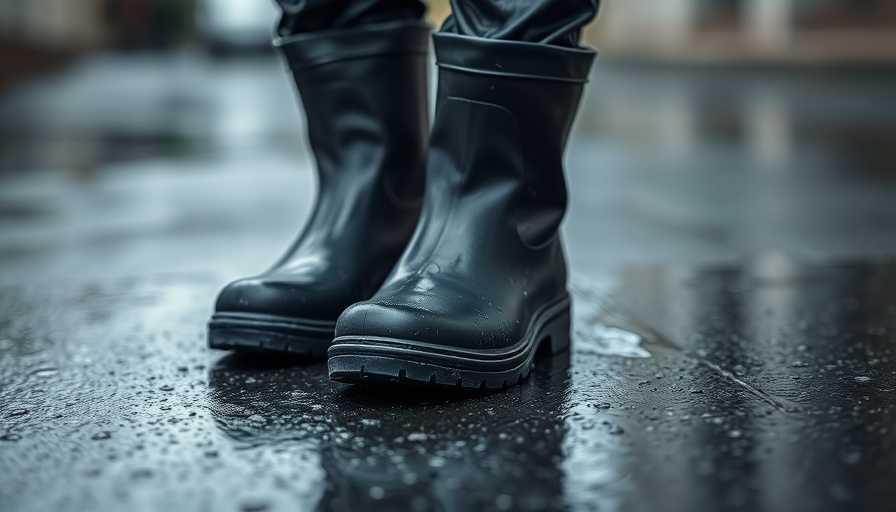
Understanding Rubber Boot Covers: More Than Just Protection
Rubber boot covers, commonly known as galoshes or overshoes, serve as essential gear for individuals who work outdoors or participate in a variety of activities. Made from durable, waterproof materials such as PVC or rubber, these covers are designed to easily slip over regular shoes or boots, effectively shielding them from rain, mud, and snow.
For construction workers, gardeners, hikers, and fishermen, rubber boot covers are not just a convenience but a necessary tool to protect footwear from harsh environmental conditions. Their affordability and ease of use make them accessible to everyone, while their reusable nature offers a more sustainable alternative to disposable shoe covers or plastics.
The Insulation Factor: Can Rubber Boot Covers Keep Your Feet Warm?
While rubber boot covers primarily excel at keeping your footwear clean and dry, their ability to keep feet warm is often questioned. Although they do provide some insulation, they are not specifically designed to retain heat. In fact, wearing these covers can lead to colder feet under certain conditions, especially in extremely low temperatures, where moisture can be trapped inside.
However, when worn over insulated shoes or boots, the design of rubber boot covers creates an air pocket that can trap heat, providing some level of warmth. This mechanism makes them a valuable addition to your outdoor wardrobe, particularly in transitional weather or when working in wet conditions.
Key Benefits of Rubber Boot Covers
Rubber boot covers are not just about keeping your shoes dry. They offer several benefits that are essential for practical outdoor work:
- Cost-Effectiveness: These covers are typically less expensive than specialized waterproof boots, making them an economical choice for businesses and homeowners alike.
- Convenience: Easy to slip on and off, they allow users to transition from indoor to outdoor environments quickly.
- Versatility: With various sizes and styles available, there's likely a pair to meet the specific needs of any activity, from construction to gardening.
Common Misconceptions About Rubber Boot Covers
There are several myths surrounding rubber boot covers that may deter individuals from using them:
- Only for Professionals: Many believe these covers are purely for industrial use, but their utility extends to everyday tasks and recreational activities.
- They Don't Provide Warmth: While they aren't specialized for warmth, when used properly, they can still trap heat effectively over insulated footwear.
Choosing the Right Rubber Boot Covers
When selecting rubber boot covers, prospective users should consider factors such as size, fit, and material quality. Features like non-slip soles and reflective straps are advantageous for operations in low-light settings. Finding the right pair ensures optimal protection and comfort whether you’re managing a construction site or embarking on a mud-caked adventure with your family.
Conclusion: Are Rubber Boot Covers Right for You?
Rubber boot covers are an invaluable asset for anyone exposed to the elements, combining utility with convenience and sustainability. As you plan your next project or outdoor adventure, consider how these covers can keep your feet protected and your mind at ease, especially as weather conditions fluctuate. Invest in a quality pair today and embrace the benefits that come with keeping your feet dry and clean.
To ensure you make the right choice for your needs, take time to research various options available and consult reviews from fellow users.
 Add Row
Add Row  Add
Add 




Write A Comment